| The magistrates of Manchester, watching the assembly from an upstairs window, panicked and sent a troop of undisciplined and possibly drunk Yeoman Cavalry into the crowd to arrest Hunt before he could speak. The cavalry, composed of the sons and social peers of local mill owners, decided to confiscate the banners carried by various groups, and they pushed their way into the tightly-packed crowd, hacking with their swords. Mayhem ensued, hundreds were injured and at least 19 were killed. The melee became known as "Peterloo,"; a mocking reference to Waterloo, contrasting the soldiers at Waterloo with the brutality of the Yeoman cavalry who attacked defenseless people. |
|
Video performances bring the people of Peterloo to life The event known to history as the Peterloo Massacre took place on August 16, 1819, when a large gathering of working class men, women and children was illegally attacked and dispersed. They had come to hear the famous radical orator Henry Hunt speak about parliamentary reform and had assembled peacefully in their thousands in St. Peter's field in the industrial city of Manchester. Manchester at that time had no parliamentary representation at all, let alone votes for working people. I included the Peterloo Massacre in the final book of my Mansfield Trilogy. Speaking for myself, I am more interested in understanding the point of view of the authorities than I am in condemning them. Plus, I wanted to represent the views of both sides in my novel, not create a one-sided piece of agitprop like Mike Lee's Peterloo movie of 2018. After researching the original accounts of the massacre and the events leading up to that day, I felt that there were sincere and well-meaning people on both sides as well as people determined to manipulate public opinion by pushing their own agendas. I did not see it simply as Goodies (the working class) vs the Baddies (the government and the capitalist mill-owners).
0 Comments
Death and the Maidens: Fanny Wollstonecraft and the Shelley Circle, by Janet Todd
Book Review: Death and the Maidens 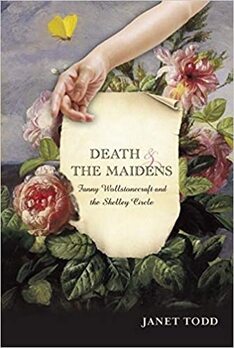 Not the current cover, but this one's prettier! Not the current cover, but this one's prettier! This is the story of the famous Shelley/Wollstonecraft/Godwin romance/scandal, told with an emphasis on two young women who were caught between idealistic and unrealistic Romantic anarchism on the one hand and an unforgiving social code on the other. One of the things that make this true story so fascinating to me is its applicability to the "Let's live in a commune" "free love" resurgence of the late 1960's and 70's which also ended mostly in squalor and broken relationships. Fanny Wollstonecraft was Mary Wollstonecraft's illegitimate daughter by a faithless lover, and Harriet Westbrook Shelley was the poet Percy Bysshe Shelley's first wife. There are, I believe, no surviving portraits of either of them. Poor Fanny grew up in a blended household. Her step-father was the philosopher William Godwin. Mary Wollstonecraft was briefly his lover, then his wife. She died after giving birth to Mary, the future author of Frankenstein. Godwin later married a neighbor who had two children by two different fathers, leading to a household in which none of the six children had the same set of parents. Janet Todd uses the surviving written records and makes intelligent surmises to fill in the gaps, recreating the emotions and attitudes of the unhappy, cash-pinched household on Skinner Street and the fatal last journey that Fanny took before she killed herself.
CMP#35: Was Austen Silenced Over Slavery? 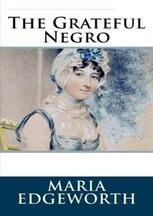 Problematic Problematic I have been hesitating over how best to open up a long discussion of Austen, Mansfield Park and the abolition movement. Should I start with what I think Mansfield Park is really about, i.e. the mistakes made by a father in the education of his daughters? Or should I start with what I think Mansfield Park is not about, i.e. it is not primarily an anti-slavery, anti-Empire novel? Should I set the stage with a discussion about what people said and thought about slavery in Austen's time? This blog post will serve as an outline for the topics I intend to touch on, and as I publish each post, I'll come back and link to it here. It’s not just that I want to lay out my arguments clearly. I am worried -- as any sane person would be these days -- that in the current climate my remarks will be misconstrued. When I say I disagree that Mansfield Park is an anti-slavery novel, it does not mean I want to shut my eyes and ears and read my dear sweet Jane without troubling my conscience about the ugly underbelly of Regency England. I am saying that if you read Mansfield Park for the anti-slavery, there just isn’t much to find there, compared to other books. If you want to read fiction and non-fiction books written in Georgian or Regency times that discuss slavery, I can point you to some books that do. If you want to read books written in Georgian or Regency times with Black characters in them, I can point you to a few. This doesn't guarantee that the views of these 18th writers will be entirely in accord with your views. This doesn't guarantee you will be delighted with their portrayals of Black people. But the point is, these other authors did discuss the subject. An Interesting Find in Naples I'm interrupting my "Clutching My Pearls" series for some exciting Shelley news! This news builds on a literary mystery which I discussed in an earlier series about the poet Percy Bysshe Shelley. The Journal of the Keats-Shelley Association for 2019, which came out this month, features an article by Donatella Sisti, which tells of her interesting discovery relating to the "Neapolitan Mystery." I used this mysterious episode in the life of poet Percy Bysshe Shelley in my novella and in my Mansfield Trilogy, so I was very excited to hear about this article and couldn't wait to read it! I assume that the full article is available only to subscribers to the Keats-Shelley journal, or to people with library access, but there is a link here. 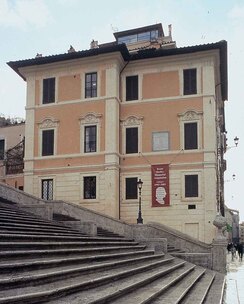 The Keats-Shelley Memorial Association maintains the house in which the poet John Keats died in Rome The Keats-Shelley Memorial Association maintains the house in which the poet John Keats died in Rome So Percy Bysshe Shelley either fathered or adopted a little girl in Naples in the winter of 1818/1819. We don't know if his wife Mary Shelley knew about this child, or how much she knew, but historians agree she could not have been the mother of the baby. My earlier posts will give a recap of the questions that linger around this child, who died before her second birthday. She was christened "Elena Adelaide Shelley" and she was evidently placed with a working-class Neapolitan family. She didn't live with the Shelleys and they were not in Naples when she died. An enterprising scholar and Shelley enthusiast, Donatella Sisti, searched the national archives of Naples to see if she could find anything that would shed further light on the mystery. She had the name of the midwife from the birth certificate and the names of some working-class Neapolitans who served as witnesses for the death certificate. Sisti searched for these names in the archives, including the police reports of the time but found nothing. She then turned to the actual neighbourhood where Elena Adelaide lived. Aware that Naples would have had church parish records in addition to government archives, Sisti located the relevant church archives for the area--and found the burial certificate of Elena Adelaide. Her burial was conducted by the priests of the Church of Santi Francesco e Matteo (St. Francis of Assisi). How exciting to uncover this long-hidden document! ... |
About the author:I blog about my research into Jane Austen and her world, plus a few other interests. Welcome! My earlier posts (prior to June 2017) are about my time as a teacher of ESL in China (just click on "China" in the menu below). More about me here. Categories
All
Archives
April 2024
© Lona Manning 2023
|
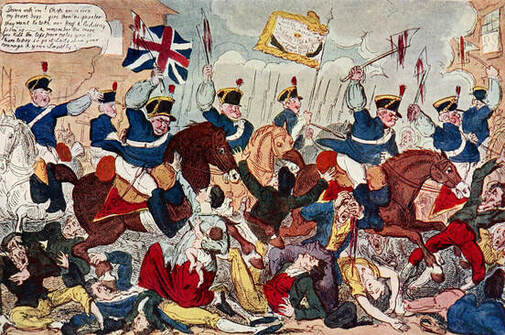

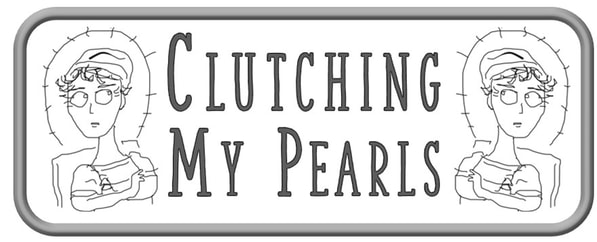
 RSS Feed
RSS Feed